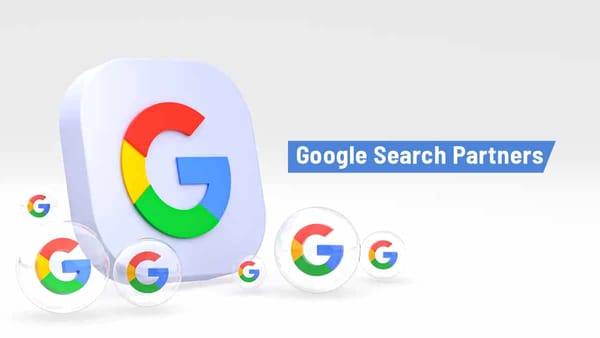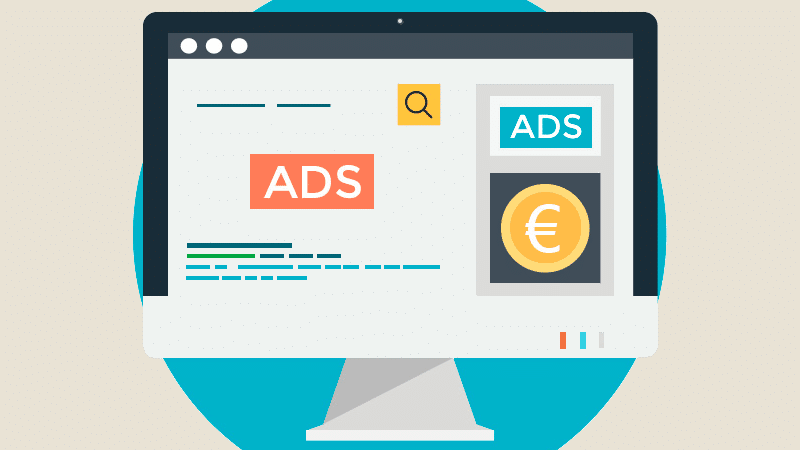Connecting Google Ads to BigQuery: A Complete Guide

Introduction
In the world of data-driven marketing, the ability to analyze large volumes of data efficiently is a game-changer. Google Ads generates a wealth of valuable insights about campaign performance, user behavior, and conversion trends. However, managing this data directly within Google Ads can be limiting when it comes to deep analysis. That’s where Google BigQuery comes into play.
By connecting Google Ads to BigQuery, businesses can unlock advanced analytics capabilities, allowing them to make data-driven decisions with greater precision. In this guide, we’ll walk you through the benefits of integrating Google Ads with BigQuery, how to set it up, and tips for maximizing its potential.
What Is BigQuery?
Google BigQuery is a powerful, serverless data warehouse designed for analyzing large datasets quickly and efficiently. It allows businesses to run complex SQL queries on massive amounts of data without the need to manage any infrastructure.
With BigQuery, you can:
- Analyze data from multiple sources
- Handle real-time data processing
- Generate insights using advanced analytics
- Visualize data through tools like Google Data Studio or Looker
When combined with Google Ads, BigQuery becomes a robust platform for understanding campaign performance beyond basic metrics.
Why Connect Google Ads to BigQuery?
1. Advanced Data Analysis
Google Ads provides basic reporting features, but BigQuery allows you to perform custom queries for deeper insights. You can analyze large datasets to identify trends, optimize campaigns, and understand user behavior more comprehensively.
2. Cross-Platform Data Integration
With BigQuery, you can combine Google Ads data with other sources like:
- Google Analytics
- CRM systems
- E-commerce platforms
- Third-party tools
This holistic view helps you understand the full customer journey and measure the impact of your ads across channels.
3. Real-Time Reporting
BigQuery supports real-time data processing, allowing you to monitor campaign performance as it happens. This is particularly useful for time-sensitive campaigns where quick adjustments can make a big difference.
4. Scalability
Whether you’re handling thousands or millions of rows of data, BigQuery can manage it effortlessly. Its scalability ensures consistent performance, even as your business grows.
5. Cost-Effectiveness
BigQuery operates on a pay-as-you-go model, meaning you only pay for the data you query. This makes it cost-effective, especially for businesses that run complex analyses periodically.
How to Connect Google Ads to BigQuery
Step 1: Set Up a Google Cloud Project
- Go to the Google Cloud Console.
- Click on “Create Project” and give your project a name.
- Enable BigQuery API for your project.
Step 2: Link Google Ads to BigQuery
- In your Google Ads account, click on Tools & Settings > Linked Accounts.
- Select BigQuery from the list of available integrations.
- Choose the Google Cloud project you created and grant the necessary permissions.
- Confirm the connection to start transferring data.
Step 3: Configure Data Transfer Settings
- Go to the BigQuery Console.
- Click on “Create Data Transfer”.
- Select Google Ads as the data source.
- Choose the datasets and tables you want to import.
- Set the schedule for automatic data transfers (daily, weekly, etc.).
Step 4: Run Queries in BigQuery
Once the data is transferred, you can start running SQL queries to analyze it. Use queries to:
- Track ad performance over time
- Identify high-converting keywords
- Analyze audience segments
- Optimize bidding strategies
Best Practices for Using Google Ads with BigQuery
1. Optimize Data Storage
Organize your data into structured datasets to improve query performance. Use partitioning and clustering to manage large tables efficiently.
2. Automate Data Refresh
Schedule regular data transfers to ensure your reports are always up-to-date. This helps in tracking real-time performance without manual intervention.
3. Leverage SQL for Advanced Insights
BigQuery uses standard SQL, allowing for complex data manipulations. Learn SQL basics to write queries that uncover hidden patterns and trends in your ad campaigns.
4. Integrate with Data Visualization Tools
Connect BigQuery with tools like Google Data Studio or Looker to create interactive dashboards. This makes it easier to share insights with stakeholders and make data-driven decisions.
5. Monitor Costs
While BigQuery is cost-effective, running large queries frequently can add up. Monitor your usage and optimize queries to minimize costs.
Common Challenges and How to Overcome Them
1. Complex Setup Process
For beginners, setting up Google Cloud projects and managing permissions can be overwhelming. Consider following Google’s official documentation or seeking help from a data specialist.
2. Data Volume Management
Large datasets can slow down query performance. Use partitioning and filtering techniques to manage data efficiently.
3. Learning Curve for SQL
If you’re new to SQL, the learning curve might seem steep. Start with basic queries and gradually explore advanced functions as you become more comfortable.
Real-World Use Cases of Google Ads and BigQuery Integration
- E-commerce: Analyze sales data alongside ad performance to identify which products generate the highest ROI.
- SaaS Companies: Track user sign-ups and retention rates from different ad campaigns.
- Agencies: Manage data from multiple clients, providing detailed performance reports and insights.
- Retail: Understand foot traffic patterns by integrating in-store data with online ad campaigns.
Conclusion
Connecting Google Ads to BigQuery transforms how businesses analyze and optimize their advertising efforts. It offers unparalleled flexibility, advanced analytical capabilities, and the power to make data-driven decisions that drive growth.
Whether you’re a small business or a large enterprise, leveraging this integration can help you gain deeper insights, improve campaign performance, and maximize your return on investment.
If you’re looking to take your marketing analytics to the next level, it’s time to explore the powerful combination of Google Ads and BigQuery.




